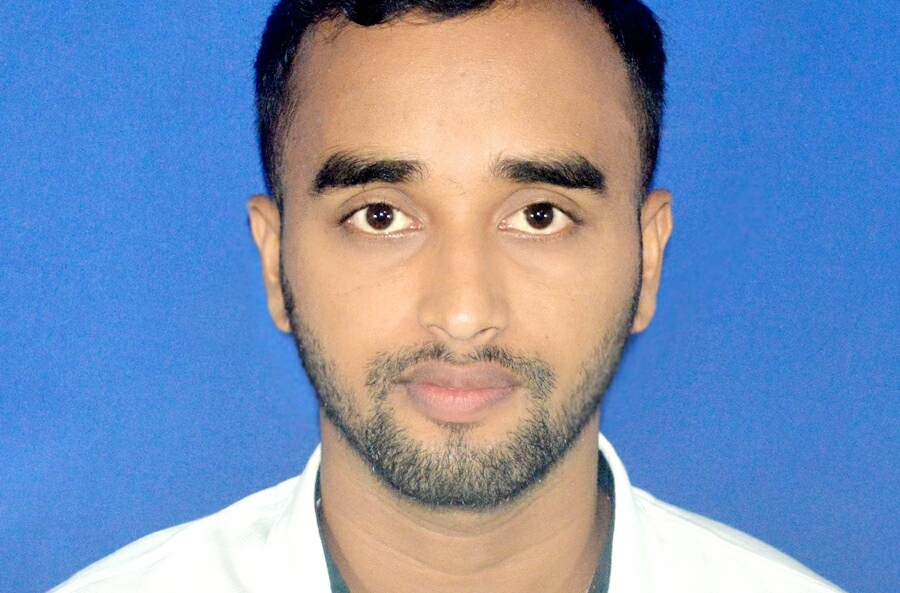Border Killing: An Undocumented History International Law Violation

Mahmodur Rahman:
Having a shared history, common heritage, linguistic and cultural ties Bangladesh and India- two neighboring countries were divided in 1947 by the British. Both countries have a common history of struggle for freedom and liberation. But these commonalities should not conceal the prevailing problem of border issue- one of the most contentious problems plaguing the bilateral relations. Border problem is not unique in India-Bangladesh relations as most of the countries have border problem in form or another. Bangladesh-India border relation is multi-dimensional and shaped by dynamics and pattern of internal politics of two countries. The border problem is not only confined to the issue of demarcation, it also involves other issues such as cross-border smuggling, terrorist activities, border fencing, human trafficking and illegal immigration.
However in last few year’s what’s been a matter of concern for the people of Bangladesh and at least few in India is the uncontrolled and extra-judicial killing of Bangladeshi citizens by Indian border force BSF. Only a few may have forgotten the incident of Felani, a 15-year-old Bangladeshi girl, who was shot dead by the BSF at the border when she was returning to Bangladesh with her father as her wedding had been arranged in the country. Felani and her father had been staying in New Delhi and had tried to cross the border illegally using a ladder.
According to a report published by Human rights organisations, around 1,000 Bangladeshi civilians have been killed by Indian Border Security Force (BSF) in a period of 10 years (from 2001 to 2010).
To prevent smuggling and illegal migration from Bangladesh, the Indian Border Security Force exercises its controversial “Shoot-on-sight” policy. Under this policy, the BSF can shoot any person on site with or without cause. It’s true that a large portion of the victims of BSF’s atrocity are cattle traders and farmers with land near the border. But in the middle of all this innocent people are losing their life.
In a recent report published by Odhikar, a Bangladesh-based human rights group, stated that the BSF injured 17 and abducted another three Bangladeshi citizens in 2020.
“[A total of] 45 Bangladeshi nationals have been victimized by the neighboring border force between January and June, 2020,” said the report.
Despite bilateral treaties and talks such indiscriminate killing of innocent people is still on the rise.
International law never allows such killing of unarmed people trying to cross border, what the border security force can do is to arrest the illegal trespasser and let him/her be handled by law enforcing agencies of respective country. But BSF is seemingly avoiding such international norms or behavior. Although none of the country has any strict law to kill at border but even if they had the same BSF would still have no right to kill anyone under that law.
Regarding border killings, Brad Adams, Executive Director of the Asia Department of Human Right Watch state that, “Routinely shooting poor, unarmed villagers is not how the world’s largest democracy should behave”
Such indiscriminate border killing by India’s Border Security Force violating all relevant bilateral agreements between Bangladesh and India and international border protocols saw a sharp rise in 2019 at least 43 Bangladeshi citizens were killed by BSF in 2019 , according to a report by Ain O Salish Kendra, having been killed, a threefold increase from 14 in the previous year. The spate of border killing, however, appeared to slow down after the border forces of Bangladesh and India held directors general-level talk in December 25–30, 2019 in New Delhi, but only to escalate in the second week of January, making the month one of the bloodiest with about 11 reported border killings taking place that month. India’s border violence, in fact, has reached such a proportion in recent time that many international media and rights organisations termed the Bangladesh-India border as the deadliest.Bangladesh’s capitalistic approach towards India and not being bold enough in raising its voice over the issue and India’s blatant disregard for international border protocols, which never allow the use of lethal weapons and a shoot-to-kill policy at borders, rights activists say, have paved the way for making the Bangladesh-India border the bloodiest.
Despite repeated assurances from the Indian government to bring border killing to zero and to not use lethal weapon, the BSF has always gone for the use of lethal weapons with impunity.
Though a little has been said or done in protest against border killing the public sentiment in Bangladesh is seemingly going heavily against border atrocities which can ultimately result in chaos in this region. The death of Bangladeshi nationals along the Bangladesh–India border has adversely affected the Bangladesh–India relations. The Daily Star described the issue as one that is “highly emotive” in Bangladesh. On the border death Bangladesh Prime Minister Sheikh Hasina regarding this issue said it was a matter of “grave concern” to her. The border deaths have also been criticized by human rights organisations.
The government, in such a situation, must give up its subservient policy towards India and push for an immediate implementation of zero-border-killing policy and demand investigations into all incidents of torture and killings at borders. At the same time, Bangladesh must take up the issue at international forums as it is a violation of international laws.
Mahmodur Rahman: Student; Department of Law, Jagannath University

